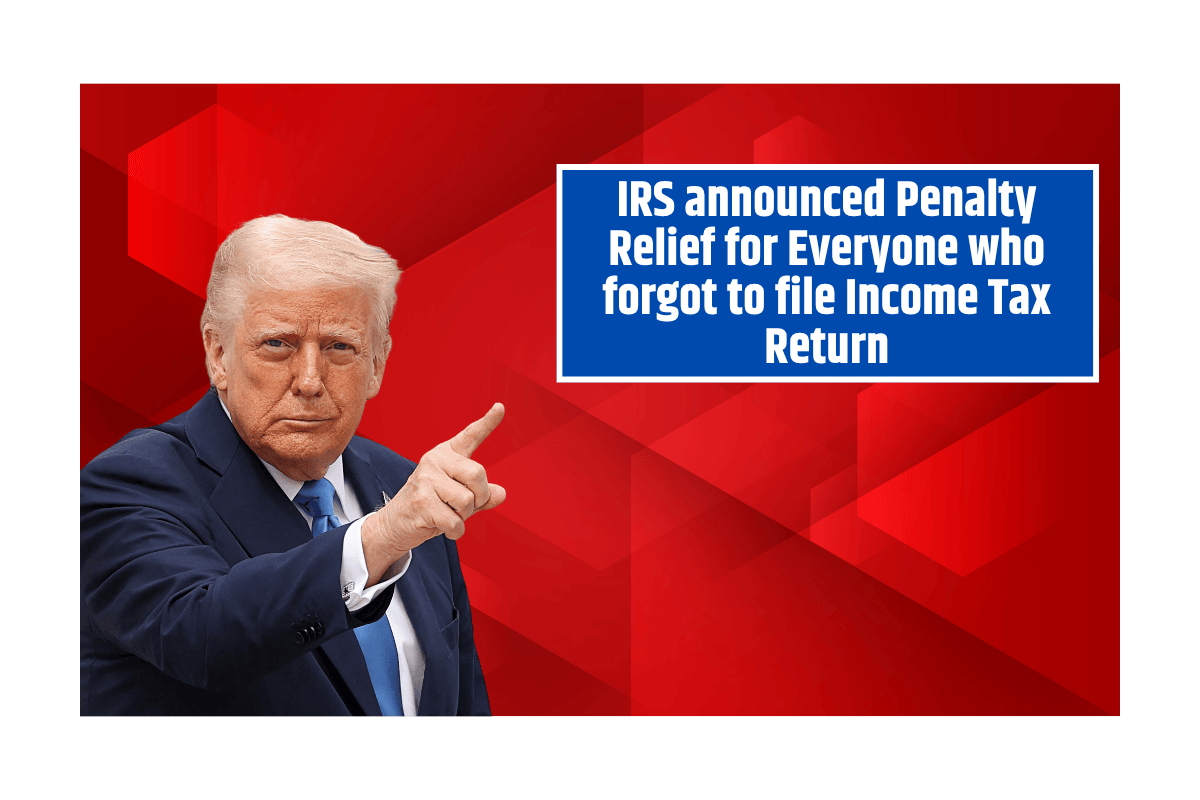If you forgot to file your US federal income tax return before the April 2025 deadline, don’t panic. The Internal Revenue Service (IRS) has shared useful options to help you file late and manage any tax money you still owe. Whether you are short on money or just missed the date, there are still ways to avoid more trouble and stay on track.
What to Do If You Missed the Tax Filing Deadline
If you owe taxes but missed the April deadline, the most important thing is to file your return as soon as possible. Even if you can’t pay the full amount, it’s better to file and pay whatever you can. This helps reduce extra charges like interest and penalties. Waiting longer will only increase the amount you owe.
How to Ask for Penalty Relief
Sometimes, taxpayers receive penalty notices from the IRS. If this happens to you, read the letter carefully and follow the steps for asking relief.
If you have a good record—meaning you filed and paid taxes on time for the past three years—you may be eligible for First Time Penalty Relief.
The IRS also offers administrative waivers in some situations. Visit the IRS website section on Administrative Penalty Relief to know if you qualify.

Missing the tax deadline may feel stressful, but the IRS has many options to help you catch up without getting into deeper trouble. Always try to file and pay as soon as possible—even if it’s just a part of what you owe. Filing late is better than not filing at all. With online tools and easy payment plans, it’s easier than ever to take care of your tax responsibilities.
How to qualify for First Time Abate

Easy Ways to Pay Your Taxes Online
You can pay your pending taxes easily and securely through different online options provided by the IRS. These include:
IRS Online Account – Manage and pay directly from your account
IRS Direct Pay – Pay from your bank account for free
EFTPS (Electronic Federal Tax Payment System) – Secure system for tax payments
Debit/Credit Card or Digital Wallet – Simple payment options with some fees
When you pay online, you get instant confirmation. With Direct Pay and EFTPS, you can even get email notifications after payment.
To learn more about these options, visit the IRS website and go to the “Make a Payment” section.
Can’t Pay in Full? IRS Offers Payment Plans
If you’re having financial difficulties and can’t pay the full amount, don’t ignore your taxes. File your return and pay whatever you can. Then, consider applying for a payment plan.
Here are two types of plans:
Short-term Payment Plan
If you owe less than $100,000, you can get up to 180 days to pay in full.
Long-term Payment Plan
If you owe less than $50,000, you can make monthly payments over a period of up to 72 months. You can also set up direct debit so payments are automatically deducted from your bank account.
Good news: if you are on a payment plan, the failure-to-pay penalty is reduced by half. This can help you save money while clearing your tax debt slowly.
You can apply online and usually get a quick decision, without needing to call or send documents to the IRS.
FAQs
What happens if I miss the tax deadline?
You may face interest and penalties. But you can still file late and reduce these charges by paying quickly.
Can I pay my taxes in parts?
Yes. The IRS offers both short-term and long-term payment plans.
Will I get a penalty if I pay late?
Yes, but the penalty is smaller if you’re on a payment plan. You may also qualify for relief if you have a clean tax record.
How do I apply for a payment plan?
Visit the IRS website and apply online. Most people get an instant response.
Is it safe to pay online?
Yes, IRS online tools like Direct Pay and EFTPS are secure and confirm your payment instantly.








